On View
Want to Enter the Void? 7 Helpful Tips for Seeing Doug Wheeler’s Transcendent Guggenheim Installation
What to know before you go.
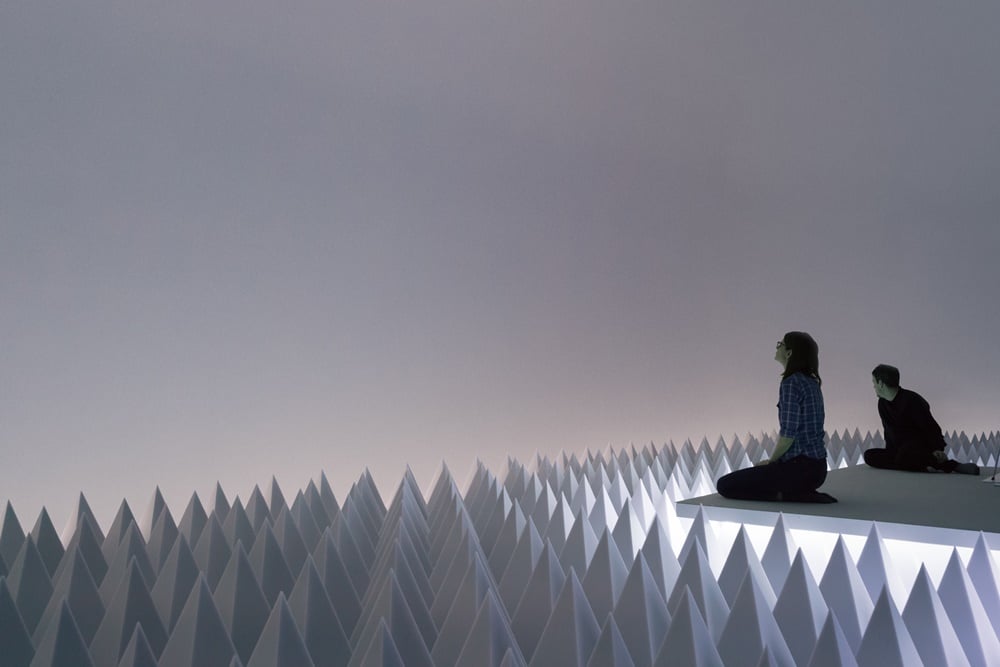
What to know before you go.

Eileen Kinsella

More than 40 years ago, Light and Space artist Doug Wheeler dreamed up an innovative art project that he hoped would mimic the tranquil experience of standing in the vast expanse of a desert in Northern Arizona. However, due to extraordinary technical requirements, the idea was never realized and instead existed only in his drawings and artistic renderings.
Now, after years of careful planning, the Guggenheim Museum on Manhattan’s Upper East Side is unveiling the first physical realization of the project—and it may be set to become the art-world blockbuster of the spring season.
For PSAD Synthetic Desert III, which opens to the public today, Wheeler has radically and painstakingly transformed one of the museum’s galleries into “a hermetic realm, a ‘semi-anechoic chamber’ designed to minimize noise and induce a sensate impression of infinite space,” according to a curatorial statement from the museum. artnet News, which was one of the lucky first entrants to the installation yesterday morning, can confirm it is a truly unique experience.
Visitors are led through a series of small chambers with doors that must be unlocked by staff—partly to keep out all sound—before entering the space, where rows and rows of foam cones lining the floor and back walls dazzle the eye and dare the viewer to guess what they’re made of (industrial polymer we’re told). The foam components further serve to absorb all sonic distractions. A centrally located platform seems to hover above the cones and offers an ideal spot for absorbing the curving infinity wall it faces.
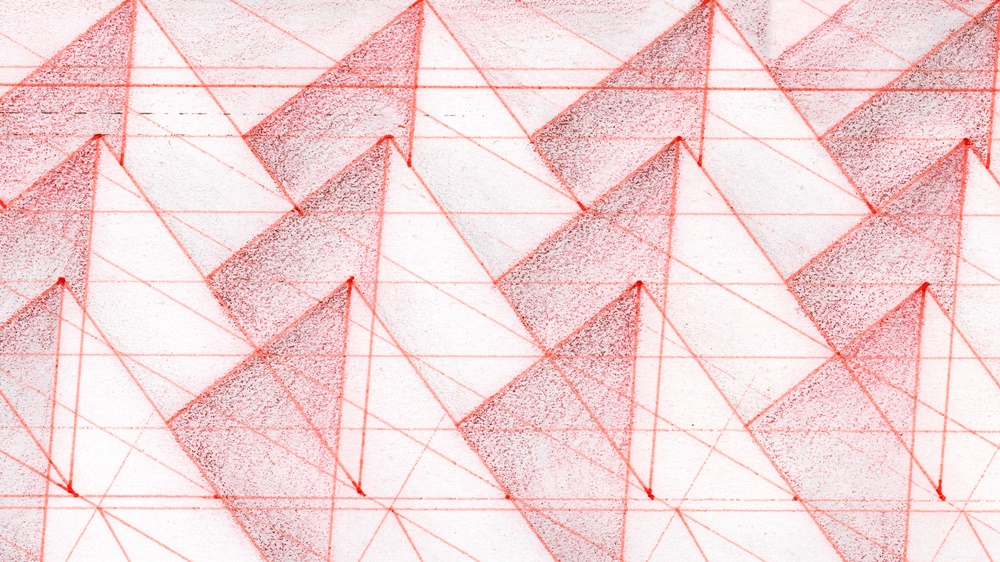
Doug Wheeler, PSAD Synthetic Desert III (1968) (detail) Solomon R. Guggenheim Museum, New York. Panza Collection, Gift, 1991. © Doug Wheeler
So how did this feat of engineering and art finally come about? The series of drawings related to Synthetic Desert were acquired decades ago by legendary Italian collector Count Giuseppe Panza. He later gifted works to a range of museums, including the Guggenheim. The actual creation of the work grew out of the museum’s Panza Collection Initiative (PCI), a research project that addresses the long-term preservation and future exhibition of works from his collection. For the past two years, Wheeler has worked closely with co-curators Francesca Esmay and Jeffrey Weiss to realize the installation.
“The production was very complicated for everybody,” Weiss told artnet News. “Along the way, changes were introduced as the artist learned more about what is happening, and how to navigate that. He also made multiple drawings, so part of this process was to think through versions of a piece and finally arrive at the template for this piece.”
(When I interviewed Panza about his collection shortly before his death in 2010, he told me he had recently sold large groups of conceptual art to institutions because “museums are starting to understand this art.” How prescient his observation has proved.)
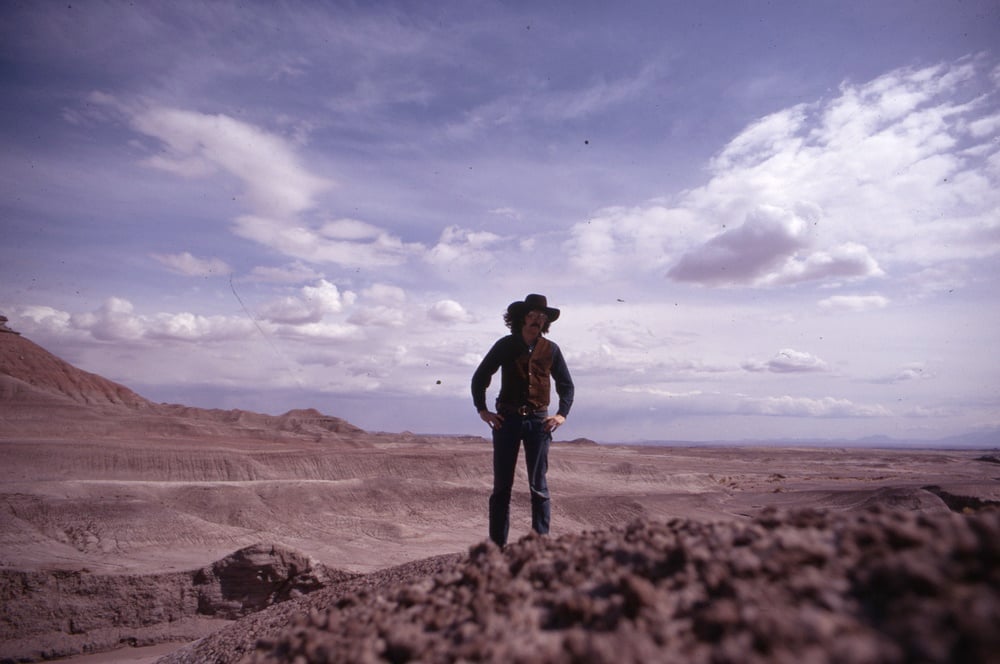
Artist Doug Wheeler in the Painted Desert circa 1970. Courtesy the artist
Here is what you need to know, before you head to the Guggenheim.
1. Get your tickets early.
Predictably, interest in experiencing this first-of-its-kind installation, which runs through August 2, will soar. Entry is timed and only small groups—a maximum of five visitors—are allowed inside at one time. The average time allotted for each group is 10 minutes.
2. Follow directions.
The museum has created a helpful mini-pamphlet that comes with each ticket and has informative background and history on the work itself, as well as practical information such as directions to the sixth floor gallery (it’s a bit out of the way).
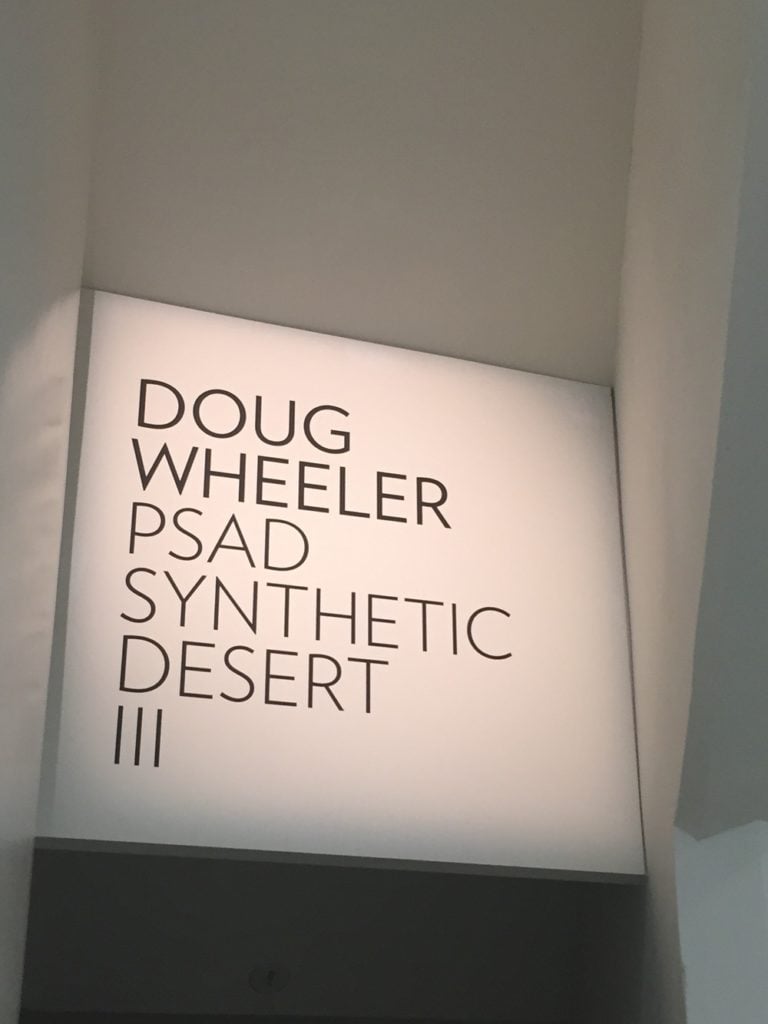
Photo: Eileen Kinsella
3. Be on time.
If you miss your brief allotted window of time, the museum says it cannot guarantee entry to the installation on the same day.
4. Leave your coat and bags behind.
The museum has installed special cubbies outside the main entrance to the installation. This is helpful because even the slightest rustling or movement will disrupt the soundless atmosphere.
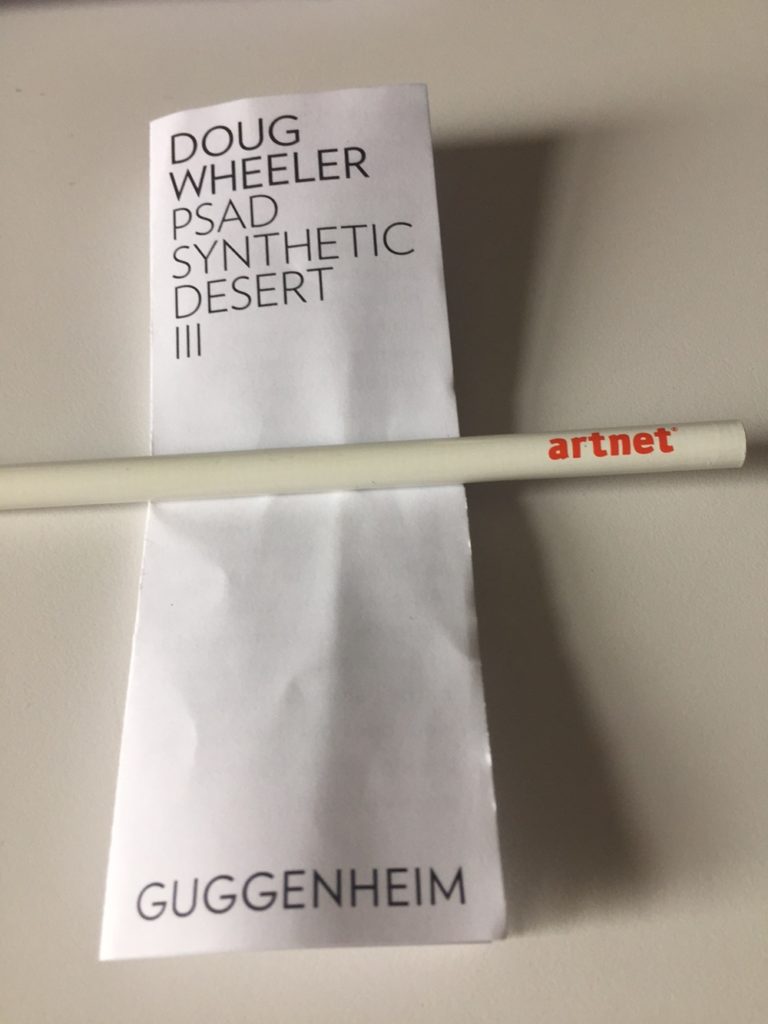
Timed tickets come with mini-pamphlets that include special instructions for visiting the installation.
Photo: Eileen Kinsella
5. Be quiet.
Silence is part of the experience. Not only do the foam cones on the walls and floors absorb all sound, what Esmay describes as “a subtle sound element” has been added to the installation. It requires careful, close attention to detect. Esmay notes that this ethereal auditory element is “in no way meant to be a score—it is meant to amplify the silence and evoke the kind of qualities associated with profound expanse.”
6. No photos are allowed.
And, for that matter, no cell phones, cameras, or other multimedia devices are permitted. Any light emitted by tech gadgets will disrupt the carefully calibrated light settings in the room.
7. Relax and stay awhile.
Visitors are encouraged to stay for the duration of the allotted time (though 10 minutes should not exactly test one’s patience). No re-entry is permitted should you choose to exit early.